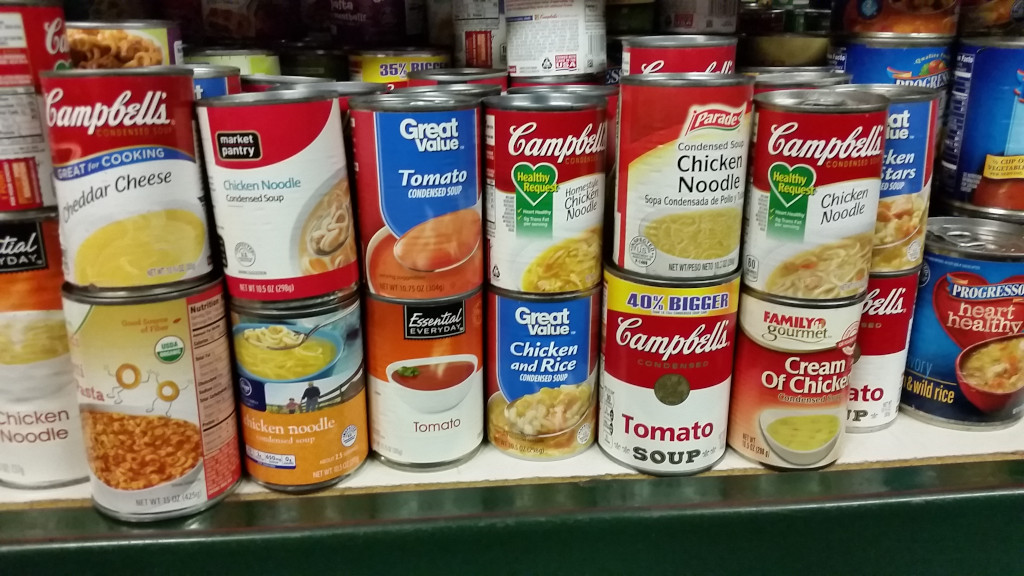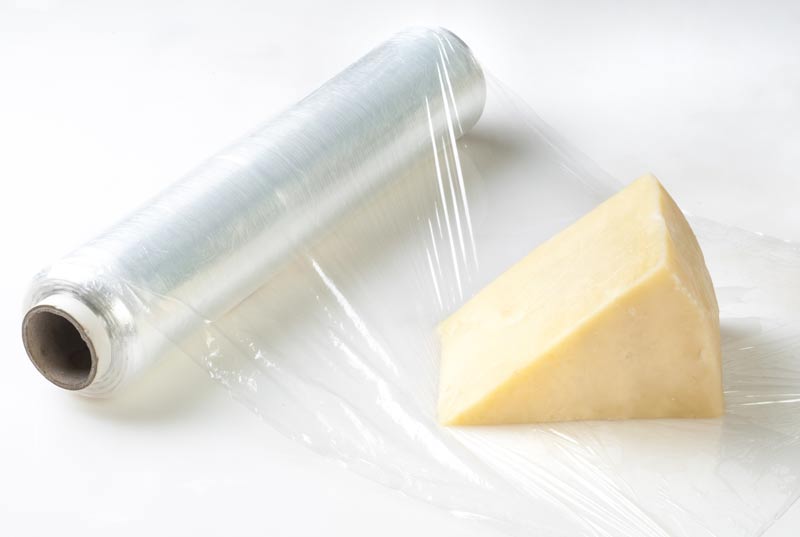
When I was a kid in the 1950s and 60s, my mother had the opinion that canned food was of low-quality and best avoided. I was young and took her word for it. I maintained this opinion myself into adulthood and sometimes shared it with others. But occasionally I wondered because my own observations and experience didn’t agree. In the late 1990s I became sufficiently curious and learned about it. But first some history.
A Real Short History of Modern Canning
The Dutch Navy were the first to seal foods like salmon in metal cans in 1772. For some reason, this process remained unknown outside of the Netherlands.
The rest of the story begins with French military logistics. In 1795, Napoleon offered a large reward to anyone who could develop a way to preserve foods so that armies could have better provisions when deployed, especially in summer temperatures. As you may know, logistics is what wins wars and availability of food was a major limiting factor in what armies could do.
Fifteen years later, Nicolas Appert won Napoleon’s prize after observing that food cooked inside a sealed jar did not spoil. The reason for this was unknown for another 50 years until Pasteur identified the role of microbes in the spoilage of food. The army worked on developing this process but advancement was slow and the wars were over before useful quantities could be produced.
Development of the canning process continued in Europe and the U.S.A. A process was developed for canning foods in hand-made wrought-iron cans, which worked. But the process was labor intensive and expensive. In 1824, Parry took canned beef along on his voyage to the Arctic. In 1829, James Ross took canned food to the Arctic as did John Franklin in 1845. Some of these provisions were found in 1857. One can was opened in 1939 and found to be edible and nutritious but was not tested for lead contamination from the lead solder used to make those cans.
By the mid-1800s, the wealthy began to see canned foods as a status symbol and novelty. By the 1860s, rising urban populations increased demand for canned food. Many inventions and machines were developed to fabricate cans rapidly. Improved processing methods reduced cooking time from six hours to 30 minutes.
Skipping ahead, a big step was the invention of the double-seam can in 1888. These provided a reliable perfect seal and were called Sanitary Cans. This is the type of can we use today. By World War 1, mass production of canned goods was perfected and large quantities of food, coffee, cigarettes, medications, and ammunition were packaged for the soldiers in cans by the British, French, and the U.S.A. At the end of the war, the companies equipped to make such foods like Nestle and Underwood turned to selling to the general public. Canned foods proliferated. It was now possible for European made foods to be sold in the U.S. and vice versa. Canned tomatoes and canned peaches were available year-round, regardless of the season. It was a whole new world.
Expiration Dates and Safety
I’m old so while I now expect expiration dates on foods, it still seems like a new thing for me. I remember when milk started to bear a date, then eggs, then meat. Before that you could write your own date with a grease pencil if you wanted to. And these were manufacturing or packaging dates, not expiration, best by, or use by dates. Food manufacturers soon realized that by putting “use by” dates on everything they could force supermarkets and consumers to donate or discard food that was past the date and sell a lot more product. Very quickly, manufacturers were all-in on putting dates. Customers began to expect dates.
Today, everything has a date. Even bottled water has a date and many consumers think dates are required by law. They are not. The only things in the U.S.A. required to have a date are pharmaceuticals and baby formula.
When use-by dates began to appear on cans, I just laughed. Cans are hermetically sealed and then heated to sterilization temperature or higher, as high as 130C. Most items are cooked in the sealed can itself. There’s no chance for microbial contamination unless the can leaks.
Modern double seam cans like we’ve used for the past 100 years almost never leak. When they do it’s usually visible. If a can isn’t damaged or bulging and passes the appearance and smell tests, it’s safe to eat.
In the 1970s, a trove of cans of freeze-dried food from 1865 was discovered and tested1. There was no trace of microbial contamination and the food was safe to eat. In the 2000s a trove of cans of various foods from the Depression Era (1930s) was discovered which were sent to a food lab for analysis. All of it was safe to eat. The worst case of degradation was the canned corn, which had lost 30 percent of its nutrient value, but was safe to eat.
Do canned foods last 20 years? USDA says “Most shelf-stable foods are safe indefinitely.”
Back to My Mother
In short, my mom’s opinion about canned food was false. But why did she have this opinion? Thinking back on the stories she told me as I was growing up provided the answer. My mom grew up in a big city in Northern Germany in the 1910s and 20s. By the 1920s, a lot of the food on the table was canned because that’s all that was available. Her mother was an early health-food proponent and went to great lengths to seek out fresh fruits and vegetables, gather wild berries and mushrooms. This made an impression on my mother.
When my mom came to the United States in the 1930s, she was astonished at the abundant fresh foods available in markets everywhere, even in big cities. And like most immigrants, she had the idea that everything was better in the U.S.A., which led to her deprecation of canned foods as inferior.
Conclusion
The truth is it’s not a matter of inferior or superior, it’s a matter of cooked versus fresh. If you want raw or lightly steamed broccoli, that’s not going to happen with a can. On the other hand, the can of broccoli will be there waiting for you years into the future without power-consuming refrigeration or freezers. Canned foods tend to be cheaper not because they’re lower quality but because it’s usually prepared near the farm, doesn’t need refrigerated transport, and doesn’t have to be rushed to the market before it spoils. There’s also less waste that has to be refrigerated and rushed to the market. How much of a broccoli head’s mass amd volume do you actually use? A third? The rest goes in the trash but you paid for all of it to come to you fresh.
If you consider the can itself, it’s made of steel, which is cheap, abundant, and non-polluting in a landfill. Unlike plastics, steel is easily recycled but hardly anyone does because steel is so cheap. If you look at the big picture, canned foods make a lot of sense.



Recent Comments